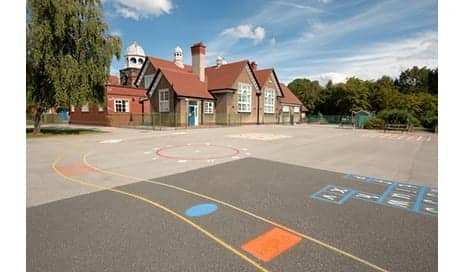Although it is recommended that children experience 60 minutes of play per day, they still may tend to be sedentary during recess. Playground “zoning” could change all that, according to a recent study.
By zoning, it means that playground areas are divided into separate areas with specific activities associated with them.
The study, accepted for publication in The Physical Educator, looks into playground zoning.
In the study, researchers from University of Missouri (MU) tracked the physical activity of participants in various zones through the use of accelerometers, which are similar to Fit-Bits. Then, they compared the physical activity of participants using a traditional playground that did not involve zoning.
Comparing the results, the researchers note a significant increase in physical activity among participants in the zoned playground, according to the release.
“Playground zoning is one way schools can be proactive in their students’ health and wellness,” says study co-author Stephen Ball, associate professor of nutrition and exercise physiology at MU.
“Recess is the best way for young children to be active, and through playground zoning, schools can ensure that children are achieving maximum benefits during their recess period,” he adds.
[Source(s): BMJ, Science Daily]





